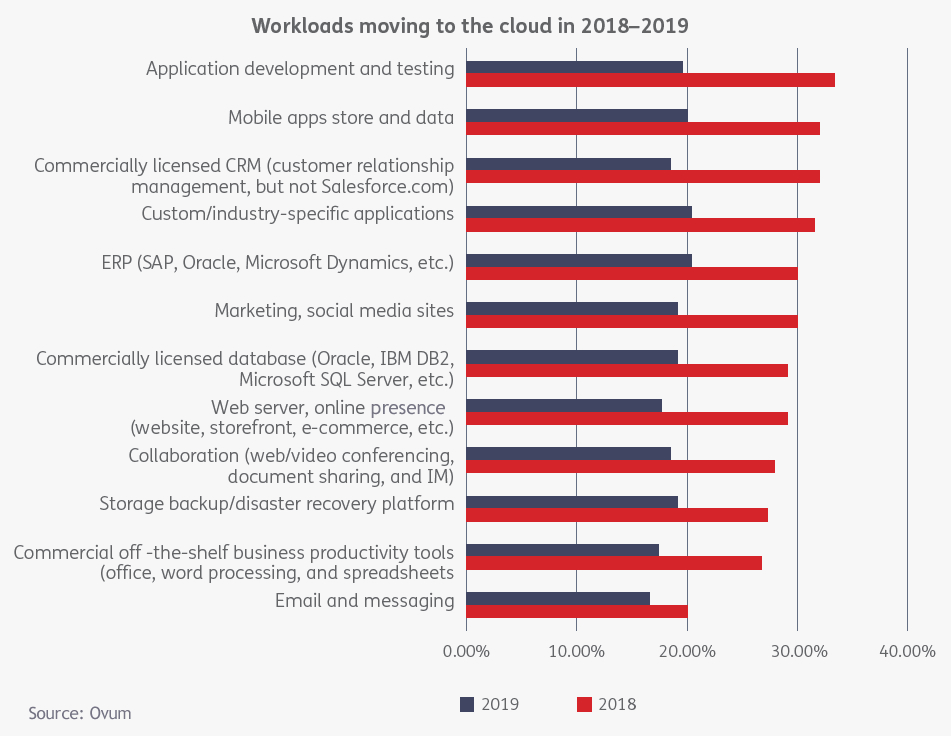
The great cloud computing experiment is over — because it’s been wildly successful and is now being replaced by cloud industrialization on a vast scale.
By 2021, cloud data centers will process 94% of all workloads and compute instances — and you need to be ready.
Cloud economics 101
Both demand and supply dynamics are driving cloud industrialization.
Key demand comes from growth in mobility technologies now spawning widespread adoption of multiple devices and connections. Then there’s the Internet of Things, which will account for 847 zettabytes of data by 2021 .
On the supply side, increasing server capacity and virtualization enable more workloads and compute instances per physical server.

And migration of workloads and compute instances across servers, both within and between data centers, has been accelerated by the changing economics of cloud security, server cost, resiliency, scalability, and product lifespan.

This is pushing cloud migration dynamics toward a growing focus on cloud optimization.
What cloud optimization involves
New cloud-based technologies deployed alongside traditional data center solutions require new ways of thinking about the data center — and new expertise spanning…
- SecOps — aligning security teams with operations teams.
- Workload and workflow management — what should be migrated as cloud workloads change from productivity tasks like email to mission-critical activities like enterprise resource planning — and what impact will this have on business workflow?
- Multi-cloud strategies , such as multi-cloud disaster recovery and separating app development and production environments.
- Support for agile application development , notably cloud-native and serverless applications (which eschew provisioned servers and/or execute application logic without storing data).
Going cloud-native
Beyond exploiting opex versus capex costing, the initial “lift and shift” of traditionally designed apps from on-premises systems to “the cloud” didn’t realize cloud computing’s deeper benefits — scale, flexibility, simplicity, and agility.
For that, many applications must become cloud-native — explicitly designed and optimized for cloud environments thanks to:
- Containers that bundle code into a sealed unit and provide the means to reliably copy it onto a production server. Containers (which can contain hundreds of workloads and compute instances) share an underlying operating system image, are truly portable, and are more efficient than virtual machines.
- A centralized orchestration tool (typically Kubernetes) that actively schedules and manages containers. Kubernetes connects physical or virtual machines into a single app hosting environment, can manage multi-cloud environments, and makes scaling easier.
- Microservices that are small, autonomous, loosely coupled, and don’t need to share technology stacks, libraries, or frameworks. Each microservice is reusable, based on a distinct codebase, independently deployable and updatable, communicates via well-defined APIs, and persists in its own data or external state.
In my next post, I’ll describe some best practices that can help you optimize your cloud environment for the fast approaching cloud industrialization future.

